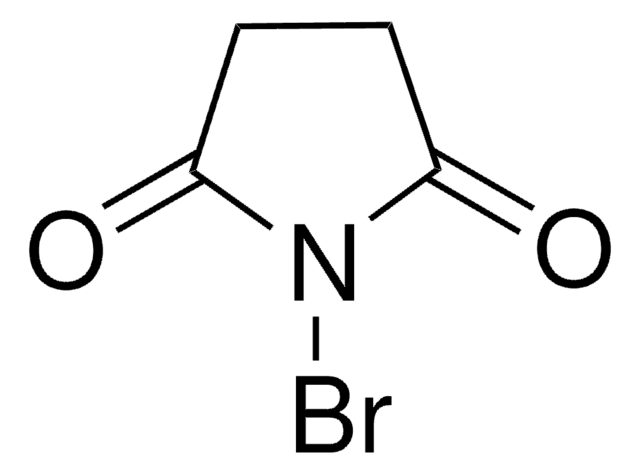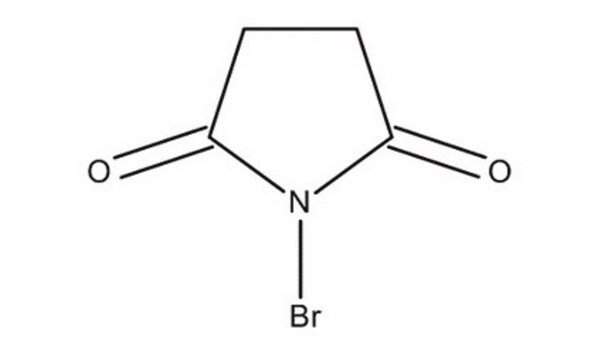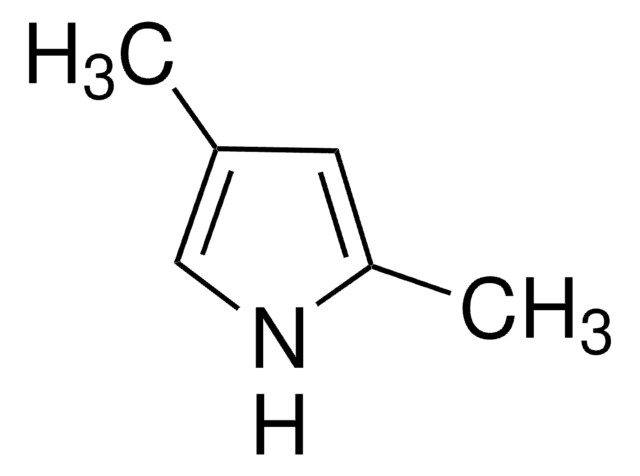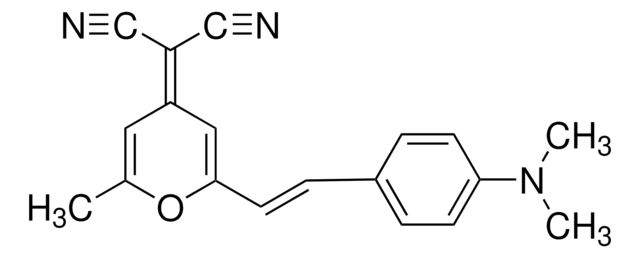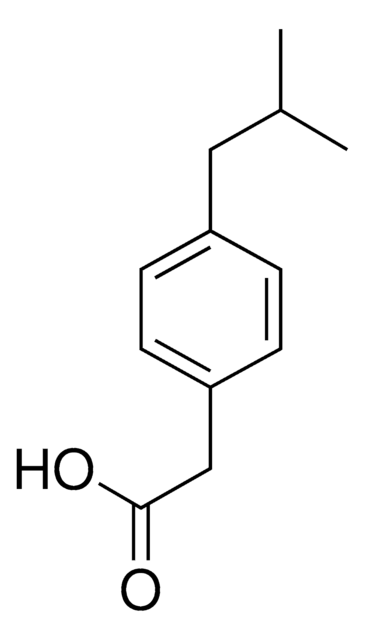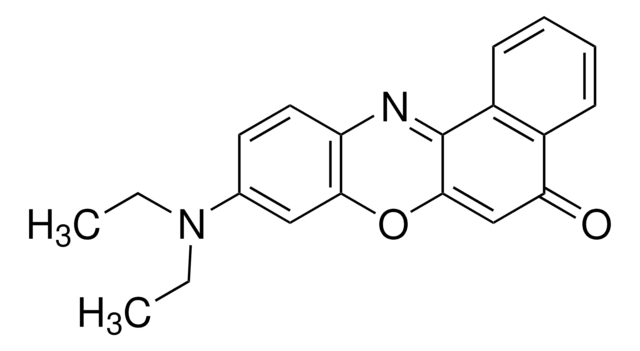Kluczowe dokumenty
746169
Difluoro(4-(1,1-dimethylethyl)-2-{1-[4-(1,1-dimethylethyl)-3,5-dimethyl-2H-pyrrol-2-ylidene-N]ethyl}-3,5-dimethyl-1H-pyrrol-2-ylidene-N]ethyl}-3,5-dimethyl-1H-pyrrolato-N)boron
98% (HPLC)
Synonim(y):
Boron,[4-(1,1-dimethylethyl)-2-[1-[4-(1,1-dimethylethyl)-3,5-dimethyl-2H-pyrrol-2-ylidene]ethyl]-3,5-dimethyl-1H-pyrrolato-N1,N2]difluoro-, PM 570, PM 596, PM 597, Pyrromethene 570, Pyrromethene 596, Pyrromethene 597
About This Item
Polecane produkty
Poziom jakości
Próba
98% (HPLC)
Formularz
powder
mp
256-261 °C
λmaks.
526 nm in dichloromethane
ciąg SMILES
CC(C1=C(C)C(C(C)(C)C)=C(C)N1B(F)2F)=C3[N]2=C(C)C(C(C)(C)C)=C3C
InChI
1S/C22H33BF2N2/c1-12-17(21(6,7)8)15(4)26-19(12)14(3)20-13(2)18(22(9,10)11)16(5)27(20)23(26,24)25/h1-11H3
Klucz InChI
SEHGNHOGQDPQRC-UHFFFAOYSA-N
Powiązane kategorie
Opis ogólny
Zastosowanie
Also used for solid-state dye laser devices and organic solar cells.
Kod klasy składowania
11 - Combustible Solids
Klasa zagrożenia wodnego (WGK)
WGK 3
Temperatura zapłonu (°F)
Not applicable
Temperatura zapłonu (°C)
Not applicable
Wybierz jedną z najnowszych wersji:
Certyfikaty analizy (CoA)
Nie widzisz odpowiedniej wersji?
Jeśli potrzebujesz konkretnej wersji, możesz wyszukać konkretny certyfikat według numeru partii lub serii.
Masz już ten produkt?
Dokumenty związane z niedawno zakupionymi produktami zostały zamieszczone w Bibliotece dokumentów.
Klienci oglądali również te produkty
Nasz zespół naukowców ma doświadczenie we wszystkich obszarach badań, w tym w naukach przyrodniczych, materiałoznawstwie, syntezie chemicznej, chromatografii, analityce i wielu innych dziedzinach.
Skontaktuj się z zespołem ds. pomocy technicznej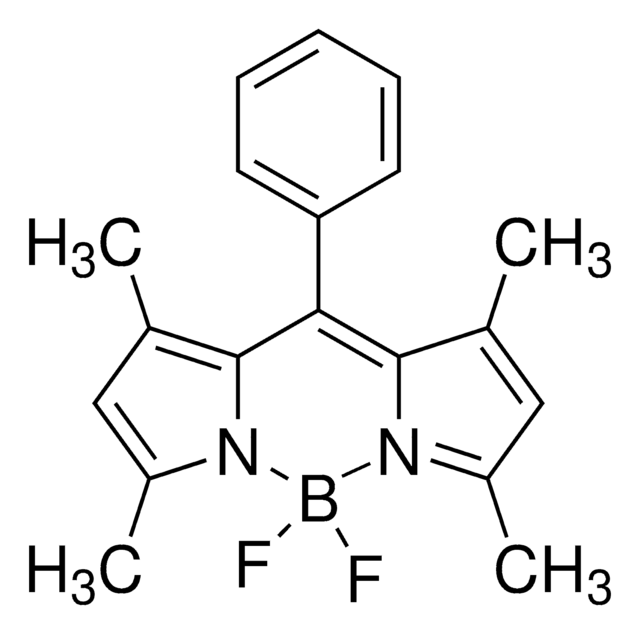
![Difluoro{2-[1-(3,5-dimethyl-2H-pyrrol-2-ylidene-N)ethyl]-3,5-dimethyl-1H-pyrrolato-N}boron 99% (HPLC)](/deepweb/assets/sigmaaldrich/product/structures/196/394/4c2c0eae-f749-44bf-a37b-84bf0226092e/640/4c2c0eae-f749-44bf-a37b-84bf0226092e.png)
![Difluoro{2-[(3,5-dimethyl-2H-pyrrol-2-ylidene-N)methyl]-3,5-dimethyl-1H-pyrrolato-N}boron 99% (HPLC)](/deepweb/assets/sigmaaldrich/product/structures/518/861/c19c64be-654e-472e-a069-30ffccb1a8cd/640/c19c64be-654e-472e-a069-30ffccb1a8cd.png)
